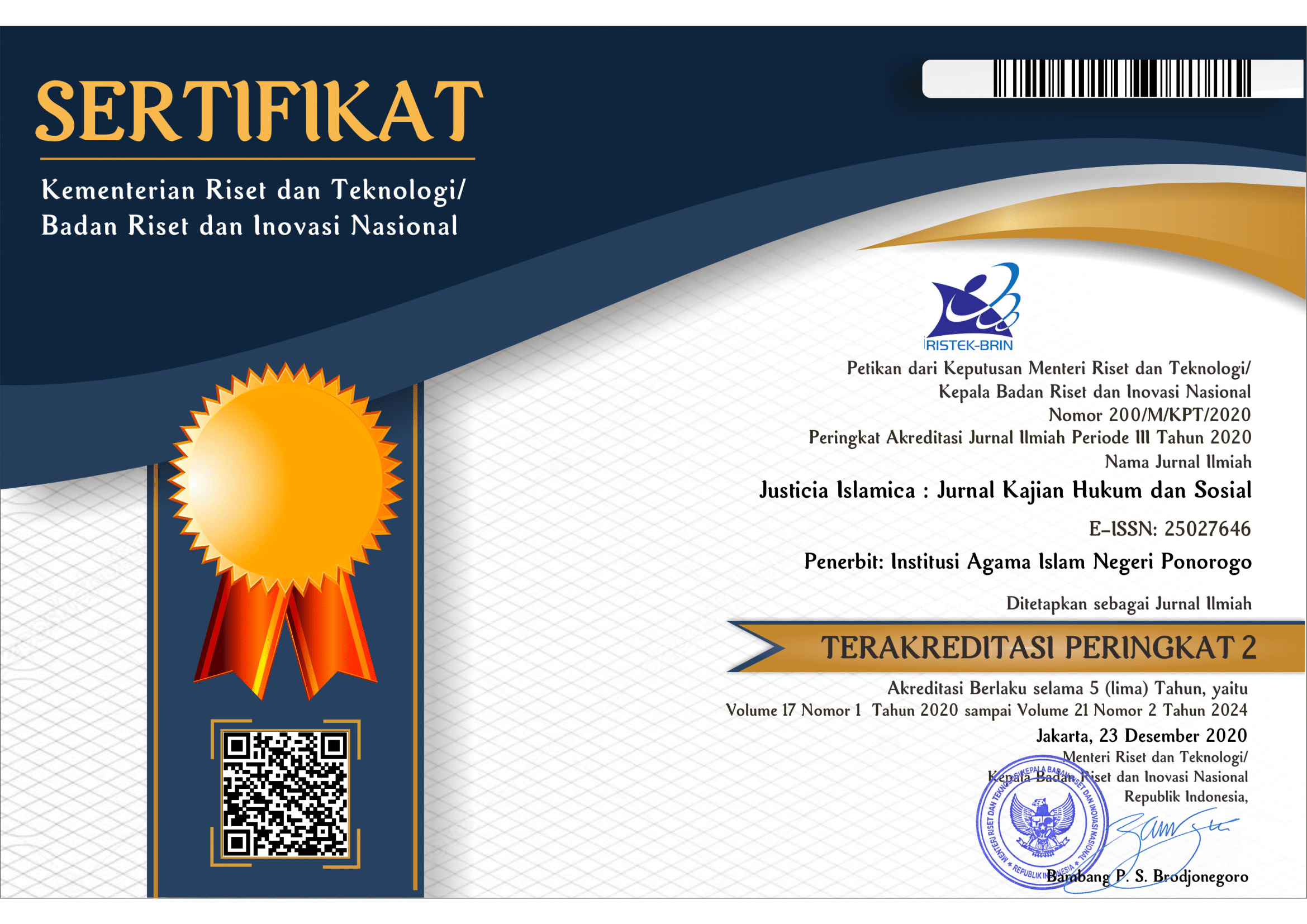Kontribusi Umer Chapra Dalam Membangun Sistem Ekonomi Islam
Keywords:
Islamic Economics; Maqāṣid al-Sharī'ah; Justice.Abstract
This study aims to analyze Umer Chapra's contribution to building an Islamic economic system and its relevance to the development of contemporary Islamic economics. The method used is qualitative research with a descriptive-analytical approach through a literature study of Chapra's works and the Islamic economic concepts he developed. The results show that Chapra emphasizes the integration of sharia principles and modern economic theory to create an equitable economic system. He criticized the weaknesses of the capitalist and socialist systems and offered an Islamic economic concept based on the maqāṣid al-sharī'ah, which prioritizes social welfare, fair distribution of wealth, and economic stability. His ideas became the basis for the development of Islamic economic policies in various countries. This study confirms that Chapra's theory has strong relevance in building a more inclusive and sustainable economic system.
References
-
Downloads
Published
Issue
Section
License

This work is licensed under a Creative Commons Attribution-ShareAlike 4.0 International License.
Requirements to be met by the author as follows:
- Author storing copyright and grant the journal right of first publication manuscripts simultaneously with licensed under the CC BY-SA allows others to share the work with a statement of the work's authorship and initial publication in this journal.
Authors can enter into the preparation of additional contractual separately for the non-exclusive distribution of a decadent version of the journal issue (e.g., post it to an institutional repository or publish it in a book), with the recognition of initial publication in this journal.
Authors are allowed and encouraged to post their work online (e.g., in institutional repositories or on their website) before and during the submission process because it can lead to productive exchanges and citations earlier and more severe than published works. (see The Effect of Open Access).
This work is licensed under CC BY-SA.


















